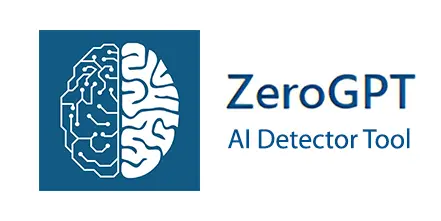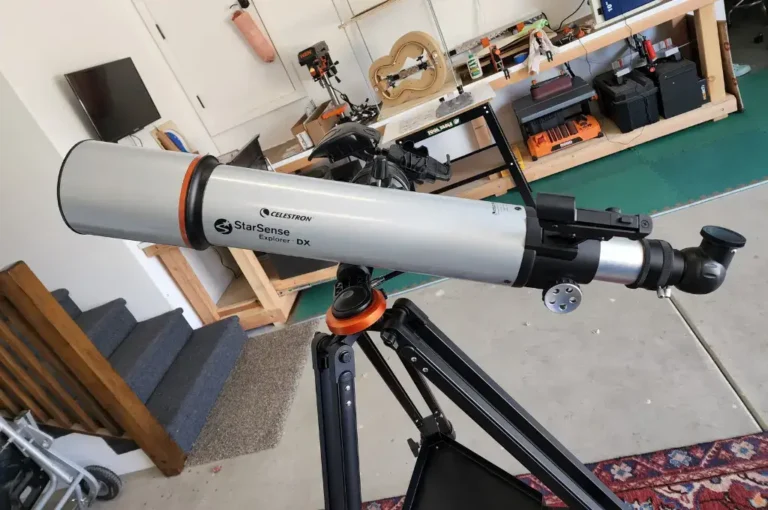Unveiling AI Detector Tools: Identifying ChatGPT-Generated Text

Artificial intelligence (AI) has revolutionized various aspects of our lives, from powering virtual assistants to optimizing complex systems. However, with the rise of AI-generated content, concerns about misinformation, fake news, and unethical use of AI have also surfaced.
Among the most prominent AI models generating text is OpenAI’s ChatGPT, a sophisticated language model capable of generating human-like text responses across a wide range of topics.
As technology advances, so does the need for robust tools to identify content created by such AI models. This article delves into the realm of AI detector tools designed specifically to discern ChatGPT-generated text from human-written content.

The Challenge of Identifying AI-Generated Text
ChatGPT and similar models have reached a level of sophistication where their outputs can often be indistinguishable from human-generated text.
This presents a significant challenge in combating misinformation and maintaining the integrity of online content. Traditional methods of identifying AI-generated text, such as looking for grammatical errors or inconsistencies, are no longer reliable due to the remarkable progress in AI natural language processing.
AI Detector Tools: A New Frontier
In response to the growing concern over AI-generated content, researchers and developers have been actively working on AI detector tools.
These tools leverage various techniques, including machine learning algorithms and linguistic analysis, to distinguish between AI-generated and human-generated text.
While no tool is foolproof, they represent a crucial step forward in combating the challenges posed by AI-generated content.
Techniques Employed by AI Detector Tools
Pattern Recognition: AI detector tools often analyze patterns unique to AI-generated text. This includes examining the distribution of words, sentence structure, and syntactic features that may differ subtly from those found in human-generated content.
Semantic Analysis: By delving into the semantics of the text, these tools can identify inconsistencies or peculiarities that are characteristic of AI-generated responses. Semantic analysis involves understanding the meaning and context of the text beyond surface-level features.
Training on Datasets: Some detector tools are trained on large datasets containing both AI-generated and human-generated text. This enables them to learn and recognize patterns specific to AI models like ChatGPT, improving their accuracy in detecting AI-generated content.
Behavioural Analysis: In addition to analyzing the content itself, AI detector tools may also consider behavioural cues, such as response times and interaction patterns, to discern between human and AI-generated interactions in chat-based platforms.
Prominent AI Detector Tools
GPT-3 Detector: Developed by Janelle Shane, a research scientist and AI expert, the GPT-3 Detector is a tool specifically designed to identify text generated by OpenAI’s GPT-3 model, which includes ChatGPT. It employs a machine learning model trained on a diverse dataset to classify text as AI-generated or human-written.
Botometer: While primarily focused on detecting social media bots, Botometer, developed by researchers at Indiana University and the University of Southern California, can also identify text generated by AI models like ChatGPT. It utilizes a combination of machine learning algorithms and behavioral features to assess the likelihood of text being generated by AI.
GROVER: Developed by researchers at the Allen Institute for Artificial Intelligence, GROVER is a state-of-the-art detector specifically designed to identify text generated by large language models like ChatGPT.
It leverages a combination of neural network architectures and linguistic analysis techniques to achieve high accuracy in detecting AI-generated content.
You may like to check out The Impact and Rewards of Hosting an International Student.
The Road Ahead
As AI continues to advance, so too must our efforts to develop robust detector tools capable of identifying AI-generated content. While existing tools represent significant progress in this direction, there is still much work to be done.
Future research may focus on enhancing the accuracy and scalability of detector tools, as well as adapting them to evolving AI technologies and usage scenarios.
In conclusion, the emergence of AI detector tools marks a pivotal moment in the ongoing battle against misinformation and unethical use of AI-generated content.
By leveraging advanced techniques and cutting-edge technologies, these tools empower users to discern between human and AI-generated text, thereby promoting transparency and accountability in online communication.
As we navigate the complex landscape of AI-generated content, the development and adoption of such tools are essential steps toward a more informed and trustworthy digital world.






